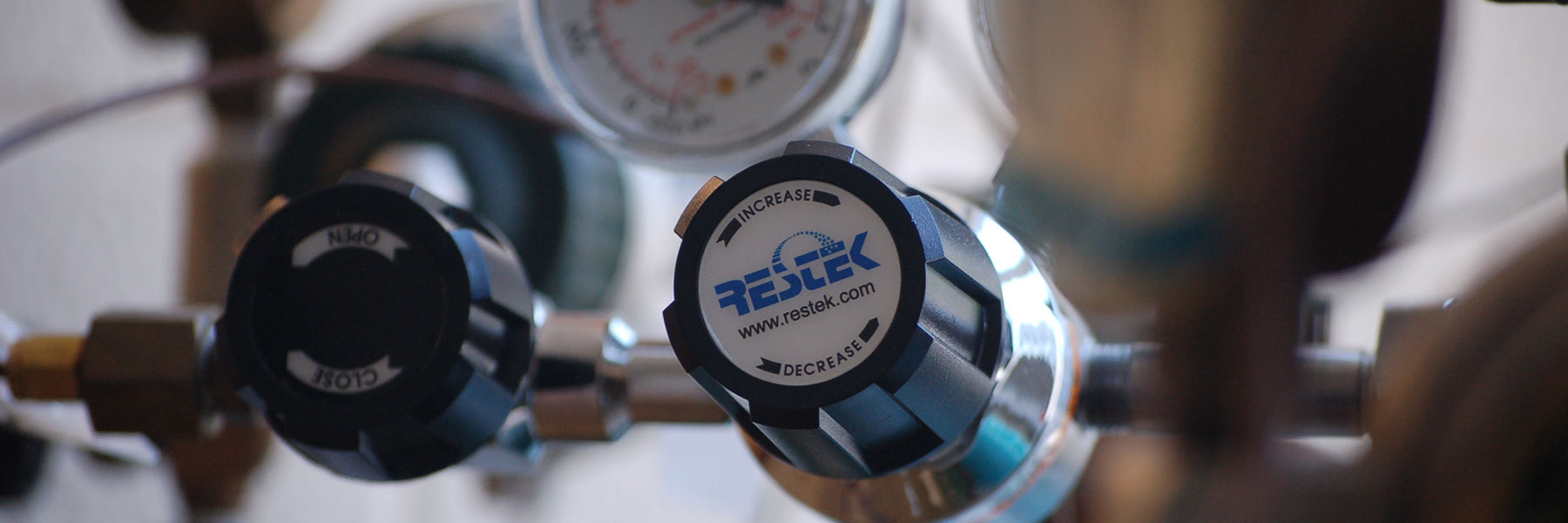Without proper calibration relative to VSMOW2 and SLAP2, 2H/1H data can only be directly compared within the same batch of zinc because different batches of zinc typically differ in the amount of their hydrogen blank.
All batches of Indiana Zinc manufactured after 1999 have their hydrogen blanks quantified in our laboratory to better serve the analytical needs of the research community.
Batches of zinc differ in their composition as expressed in their hydrogen blank ("amount effect"; see paper by Attila Démeny, 1995. Some batches of 'traditional Indiana Zinc' have medium to high hydrogen blanks. The 'traditional formula' has proven reliability for laboratories that can maintain a constant zinc: water weight ratio, for example in hydrogeological and clinical applications where sample size is usually not restricted. Users who want to react physiological fluids (serum, urine, etc.) without prior distillation are advised to specifically request 'traditional zinc' because waters containing dissolved salts sometimes react poorly with low-blank zinc. Low- to ultra-low blank zinc formulas are available upon request for researchers who have limited amounts of water available, or who cannot control the zinc: water weight ratio within a narrow range, for example in studies on fluid inclusions.


